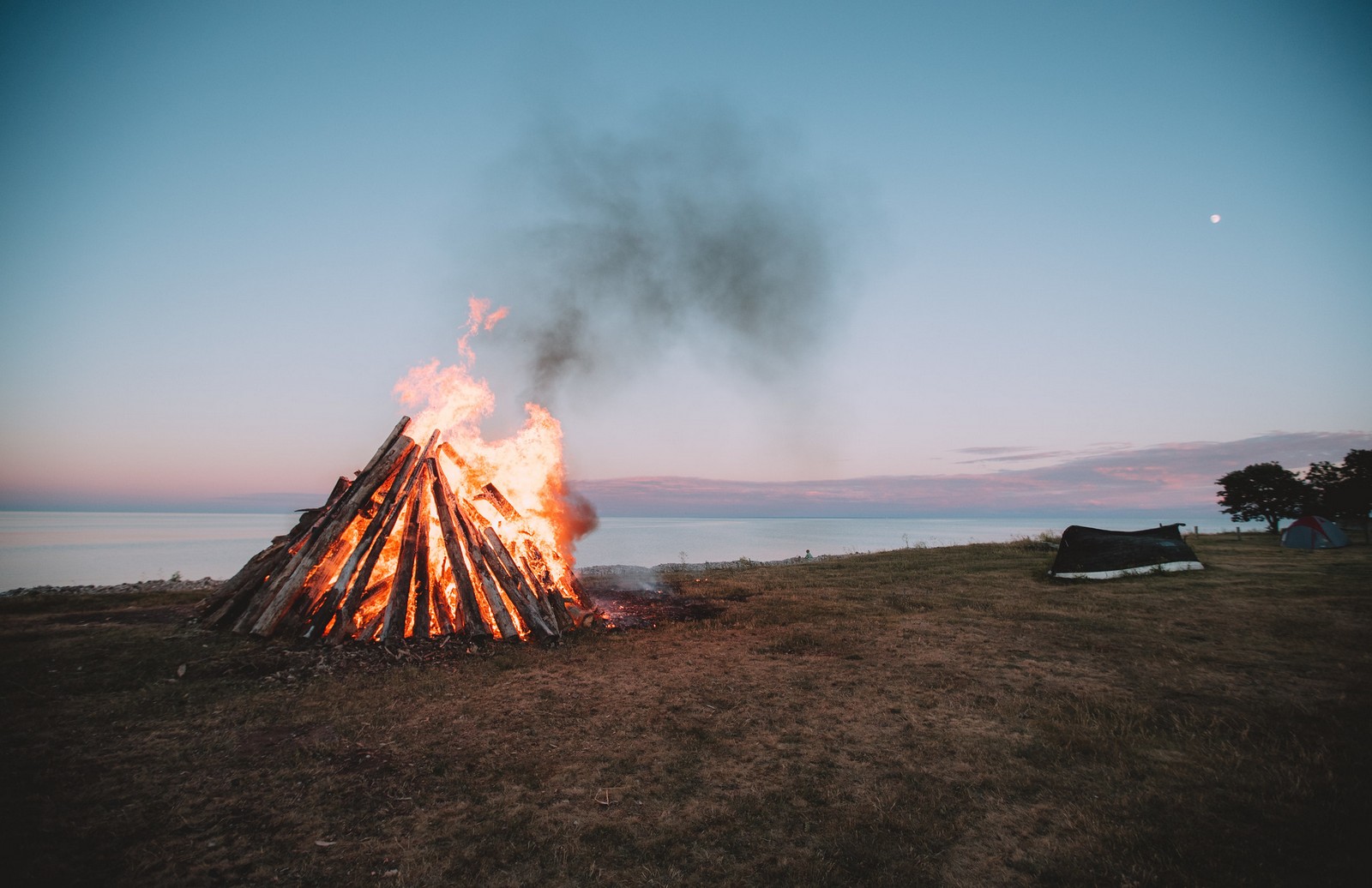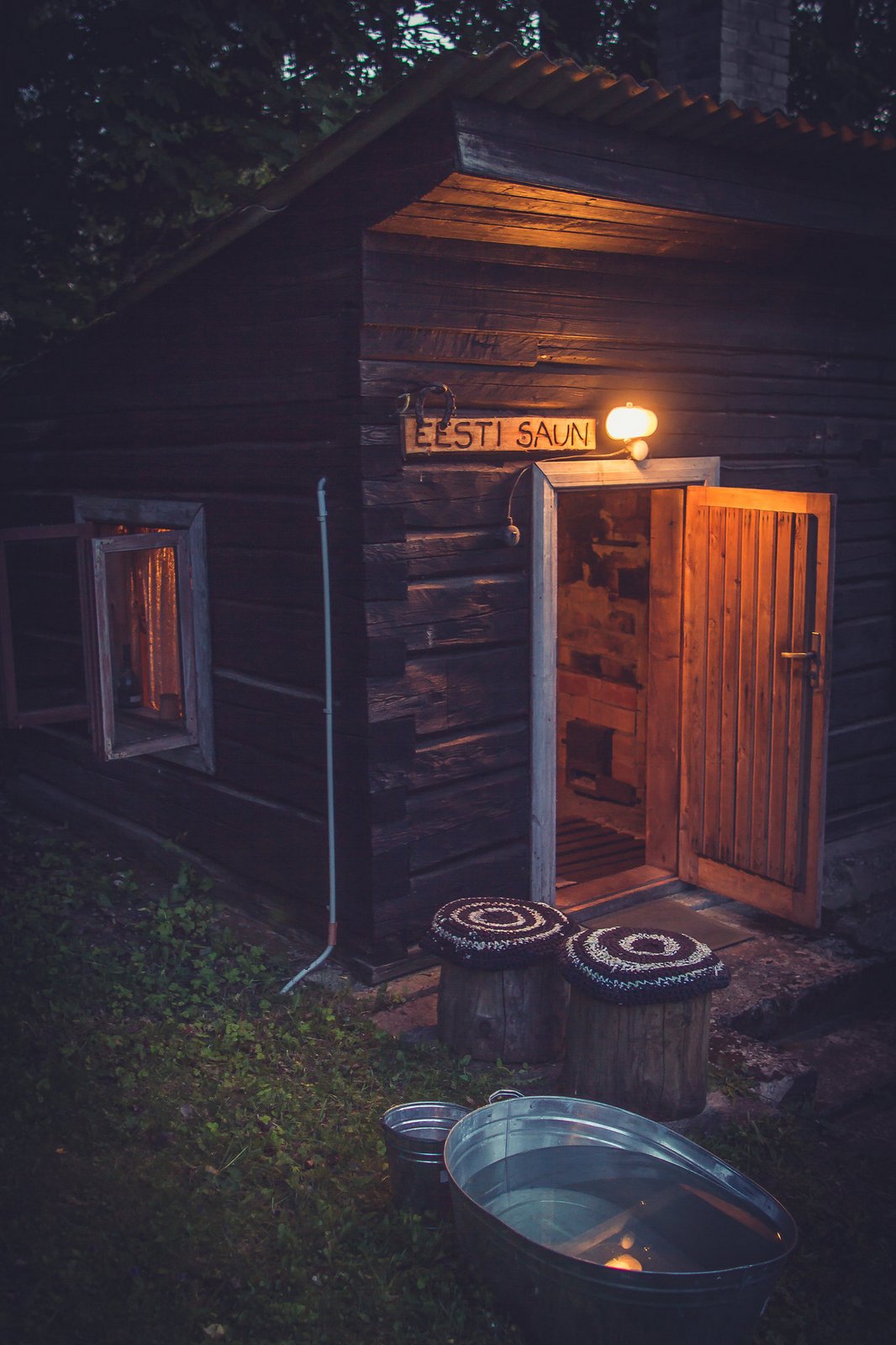Where do Estonians disappear to for the summer?
A couple of days after the summer solstice, on 23 June, Estonian cities empty of people.Those that can go to the country to celebrate one of the most important feasts for Estonians, jaanipäev (St John’s Day). Jaaniöö (St John’s Night) marks the brightest time of the year – when darkness only lasts a couple of hours, and people light large bonfires, dance and sing around them, often all night long.

Estonian Midsummer bonfire. Photo by: Enterprise Estonia

